Newglee FM Transmitters offer versatile, high-performance solutions for audio broadcasting across diverse wireless communication scenarios. Designed with modularity and scalability in mind, these transmitters integrate advanced LDMOS power amplifier technology, ensuring energy efficiency and reliable signal amplification. Their compact, standardized chassis design optimizes space utilization while simplifying installation and maintenance in confined environments.
The series supports flexible software-based adjustments for frequency and output power, enabling seamless adaptation to varying operational requirements. Built-in protection mechanisms safeguard against overcurrent, voltage irregularities, overheating, and impedance mismatches, ensuring uninterrupted performance. Compatibility with multiple input formats—including analog, digital, and subcarrier signals—enhances integration with modern broadcasting infrastructures.
User-centric features such as an intuitive LCD interface, remote monitoring via SNMP/Web protocols, and configurable priority modes streamline operation and management. Ideal for FM broadcasting, emergency systems, and specialized communication networks, Newglee’s transmitters prioritize durability, energy efficiency, and adaptability, making them a robust choice for evolving broadcasting demands.
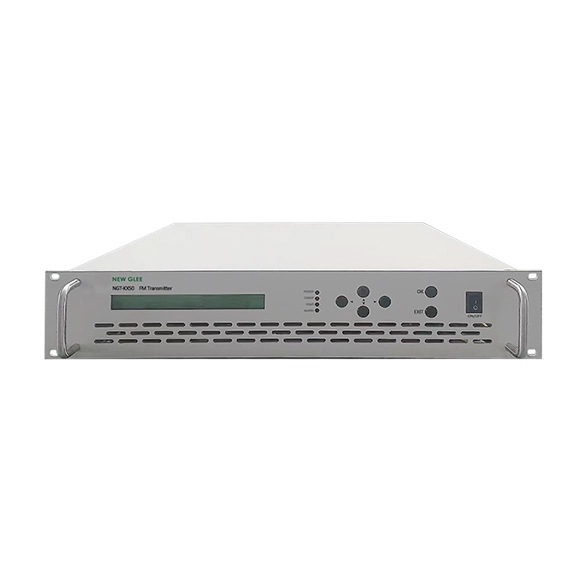

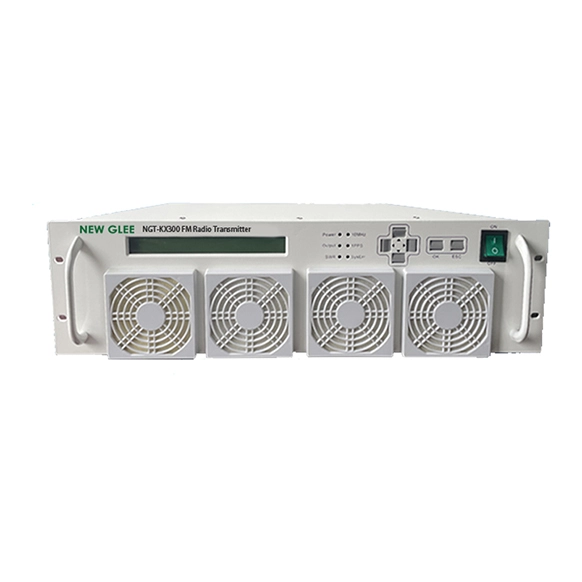

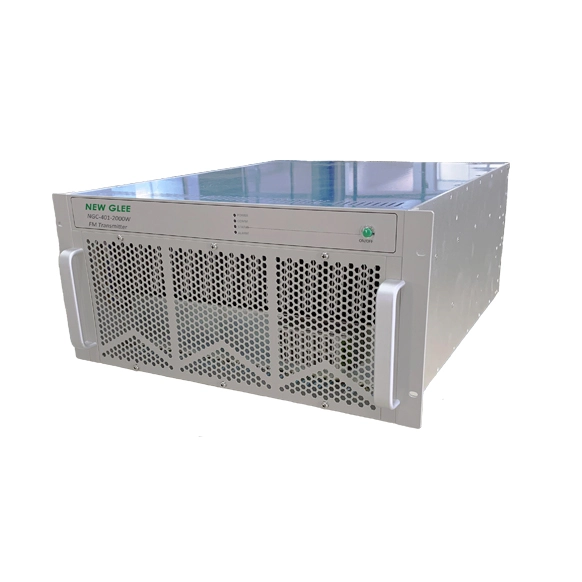
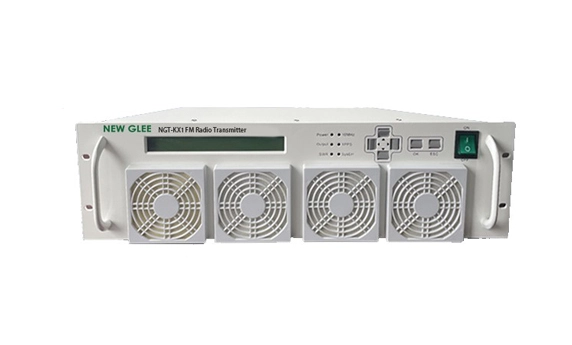
Choosing the right FM transmitter is crucial for high-quality broadcasting. Key features include high-efficiency power amplification to ensure strong signal transmission and advanced modulation technology for clear audio. Adjustable frequency and power output offer flexibility for different coverage needs. Low distortion and high signal-to-noise ratio (SNR) improve audio clarity. Built-in protection systems prevent overvoltage, overheating, and VSWR issues. Remote monitoring and control via SNMP or web interfaces enhance operational efficiency. Selecting an FM transmitter with these features ensures reliable, high-quality broadcasts with minimal interference and maximum audience reach.
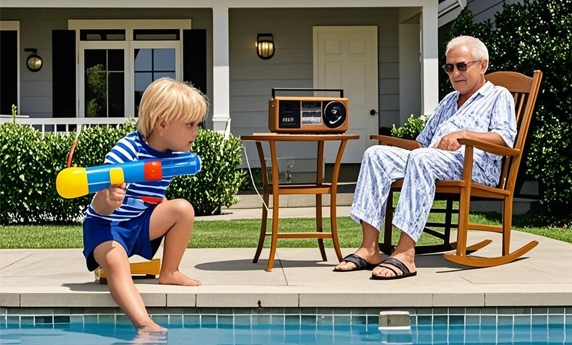
FM transmitters offer affordable, reliable broadcasting for local or community use. They require minimal infrastructure, reducing setup and maintenance costs compared to AM or digital systems. Ideal for small-scale radio stations, events, or emergency broadcasts, FM ensures clear sound quality and broad coverage within a 10–50 km range. Their energy efficiency lowers operational expenses, and compatibility with standard receivers (cars, radios) ensures accessibility. Licensing is simpler in many regions, and modern transmitters support streaming integration. For budget-conscious projects prioritizing reach and simplicity, FM remains a practical, enduring choice.
